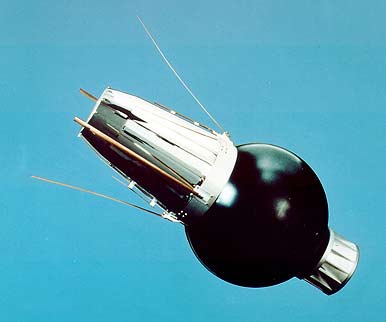
Ohsumi is Japan’s first man-made satellite. The satellite was launched by the Institute of Space and Aeronautical Science (1964-1981) on February 11, 1970, at the Kagoshima Space Center (currently the Uchinoura Space Center) via a Lambda L-4S-5 rocket. The satellite’s name originates from the Ohsumi Peninsula, which was the location of the launch site. Its successful launch came 15 years after the horizontal launch testing of the Pencil rocket, and makes Japan the fourth country in the world (after the former Soviet Union, the United States and France) to have launched a satellite without aid from outside sources. This launch is also notable in that it is one of the few cases in the world in which a satellite was successfully developed for non-military purposes as part of academic research conducted by a university institute. Ohsumi continuously circled the Earth for 33 years after being released into orbit, and reentered the Earth’s atmosphere on August 2, 2003, thereby completing its mission. Specifications: Length – 1m; Diameter at greatest width – 48cm; Weight – 24kg.






